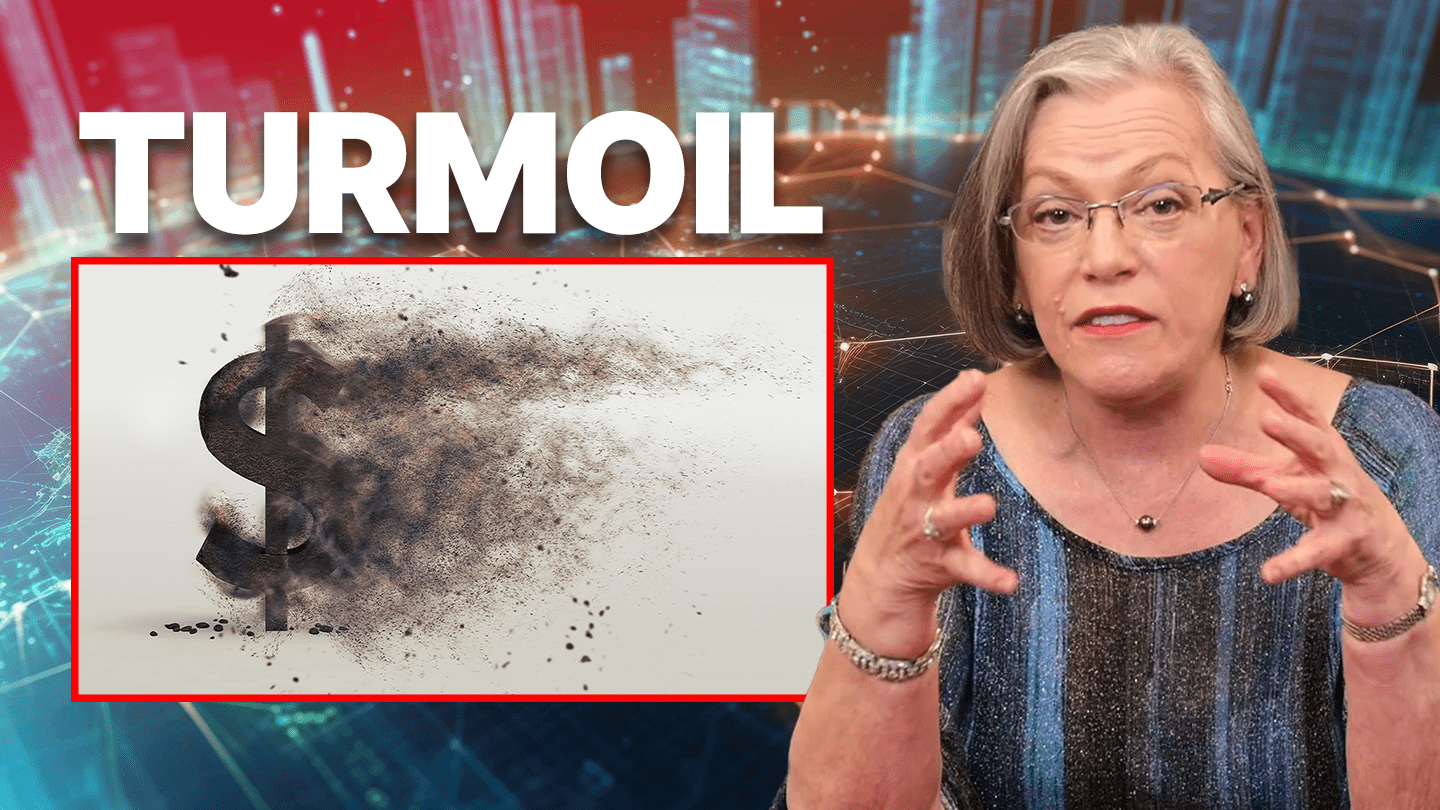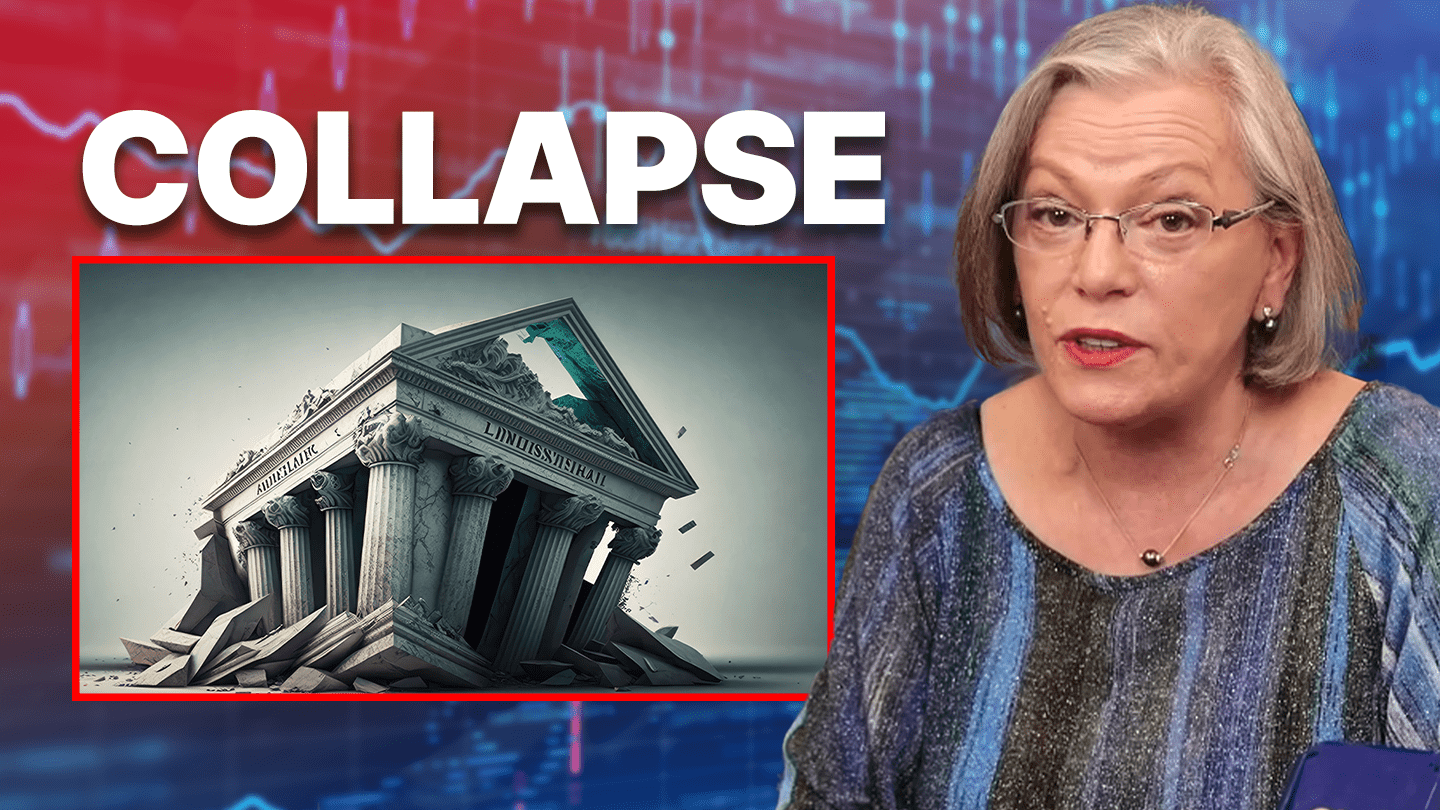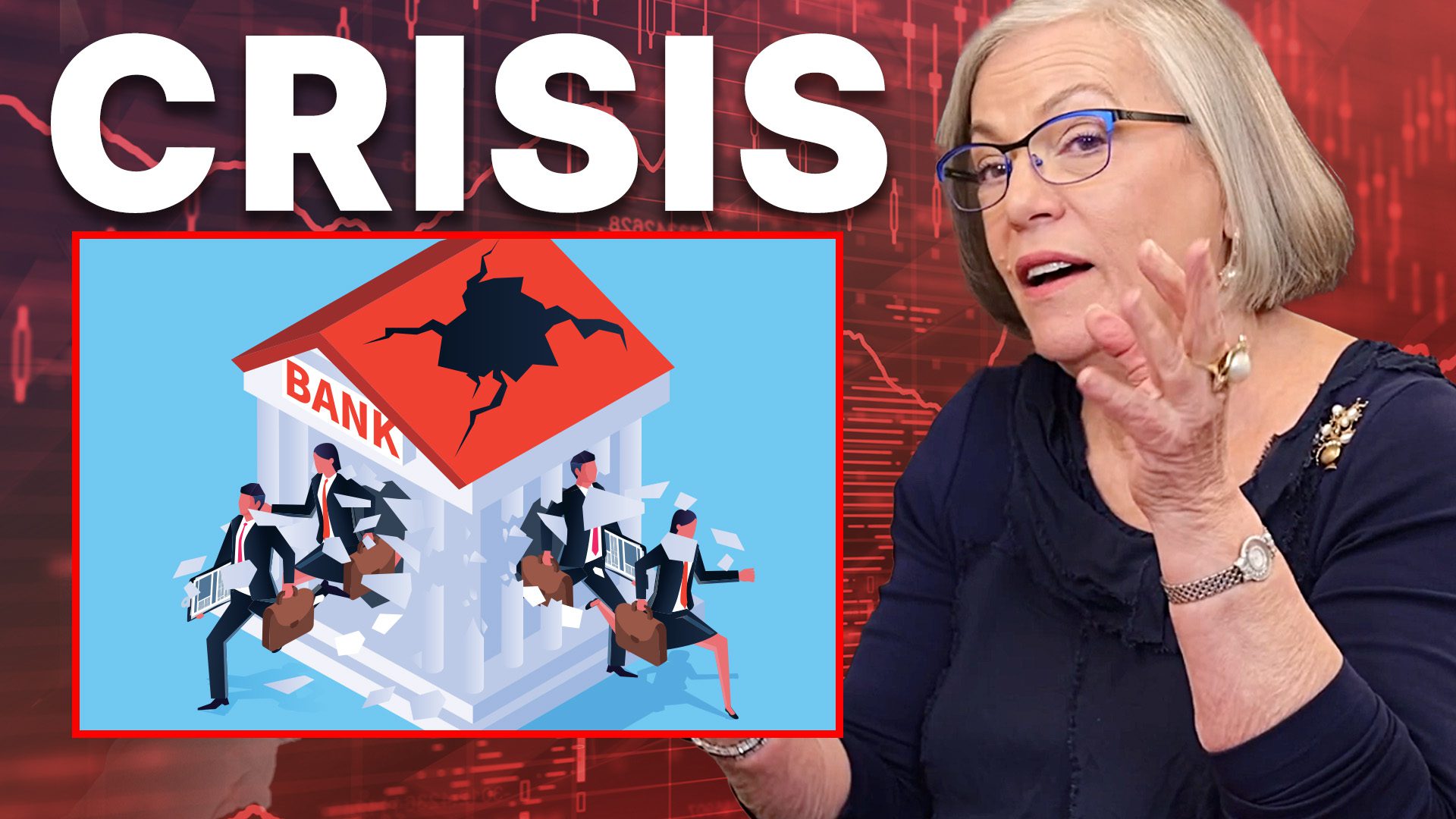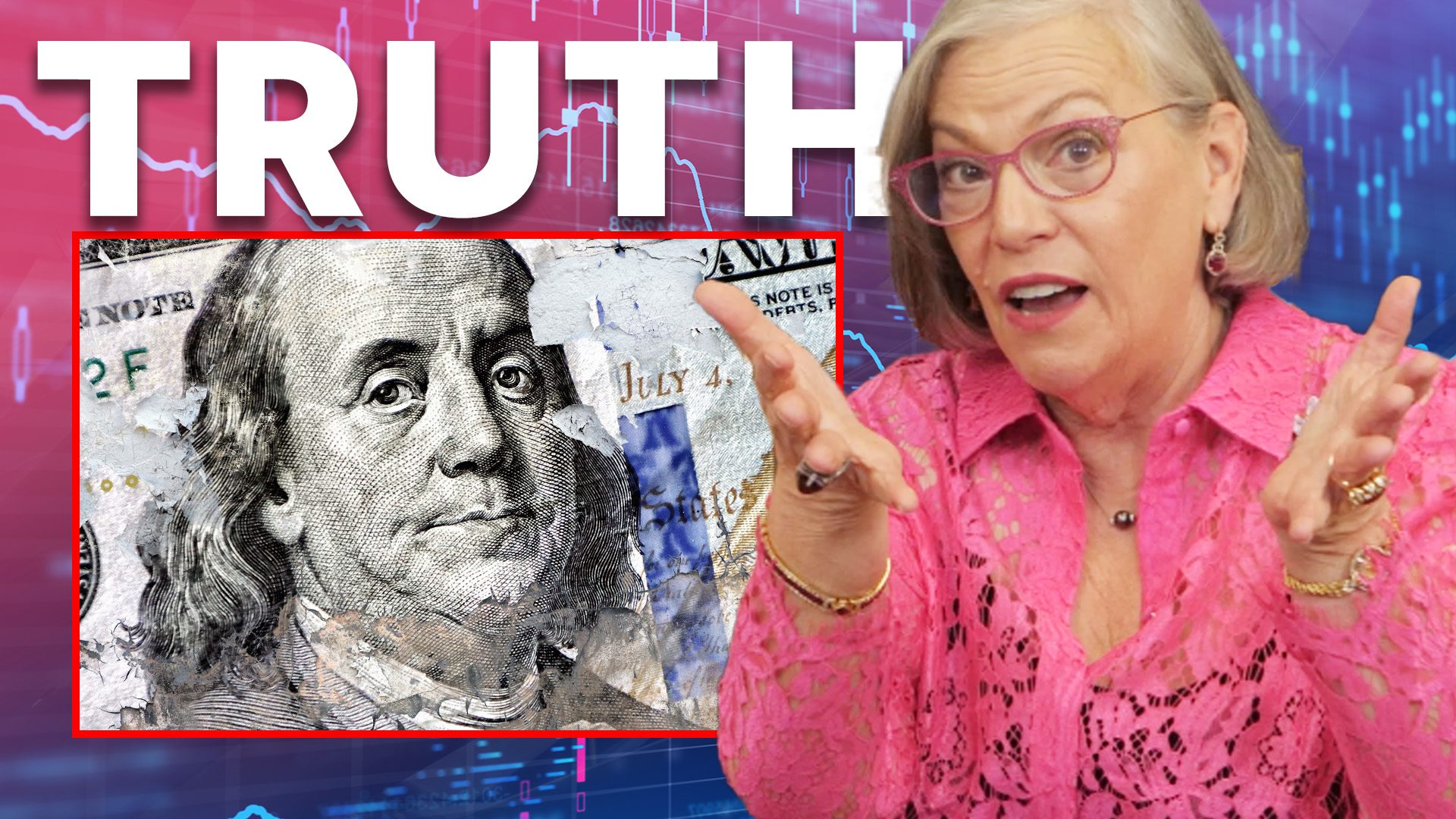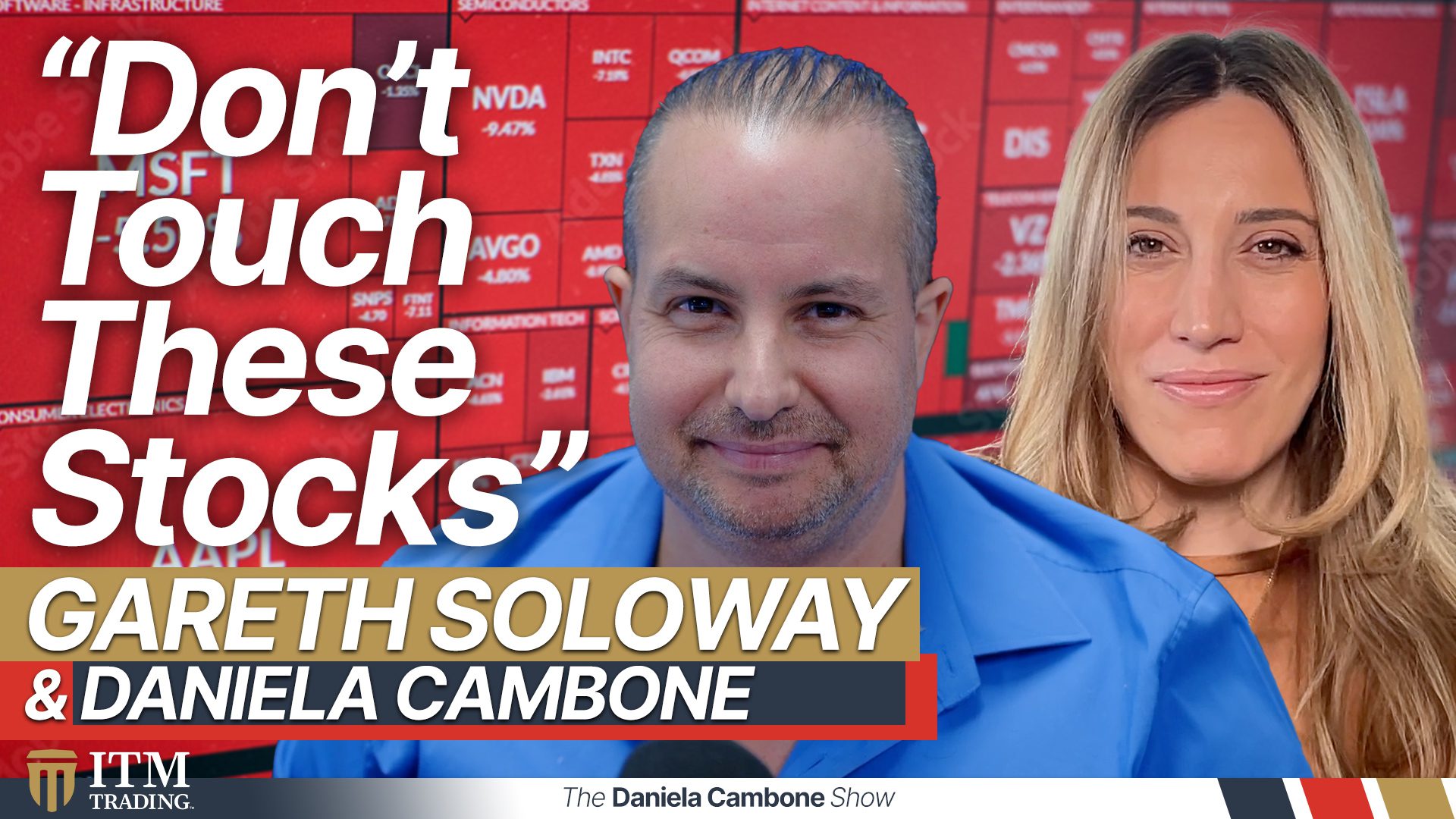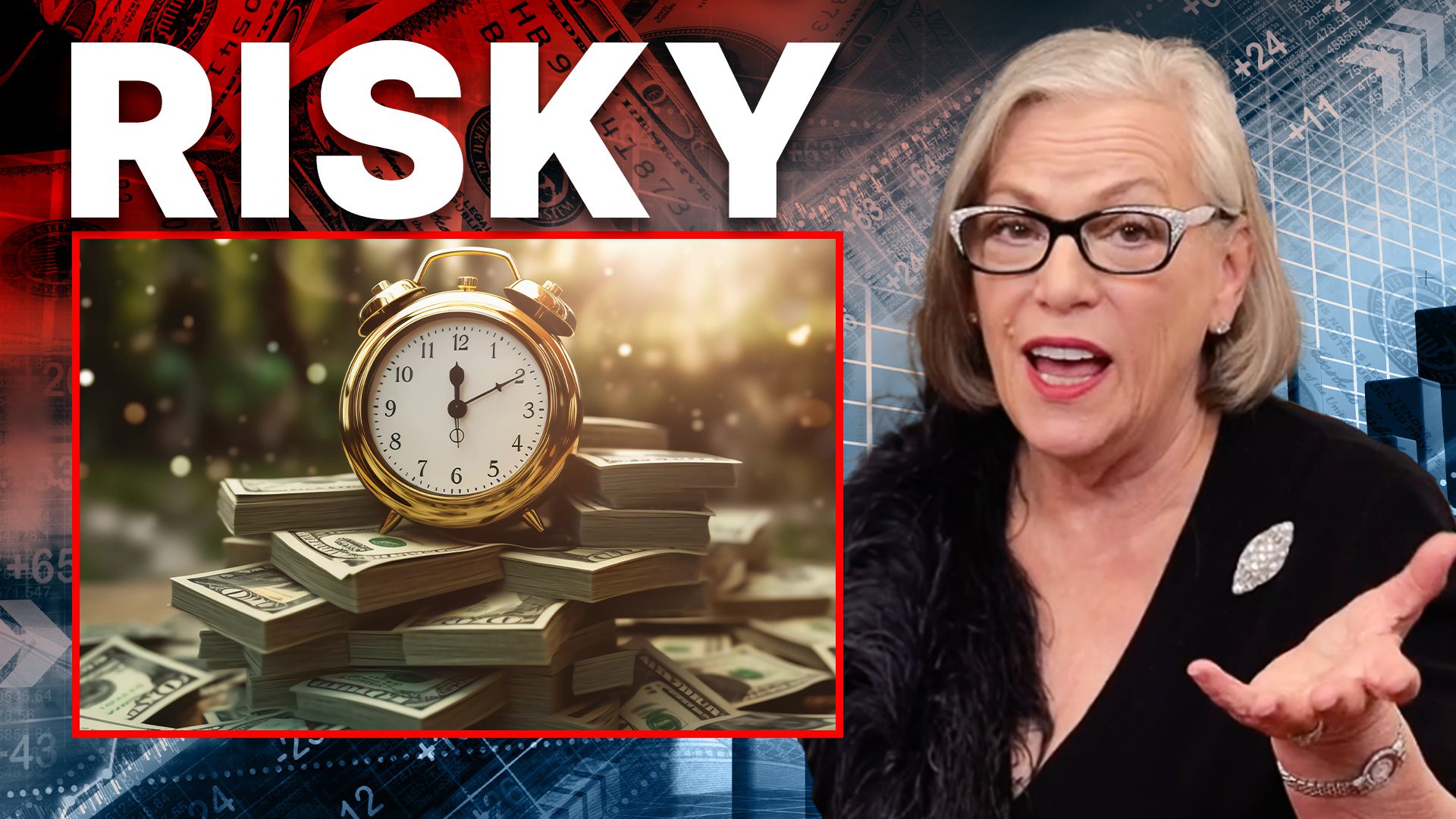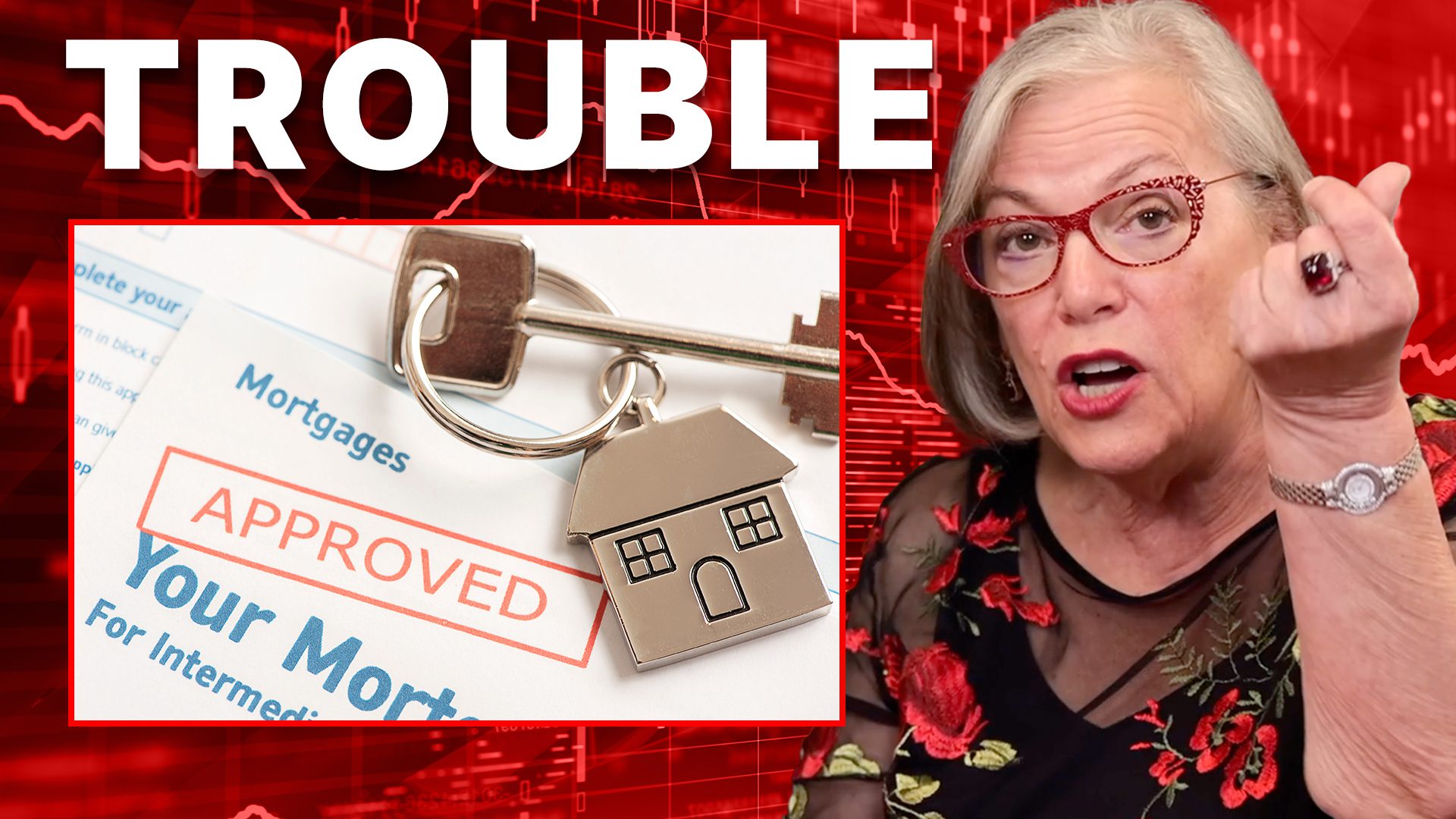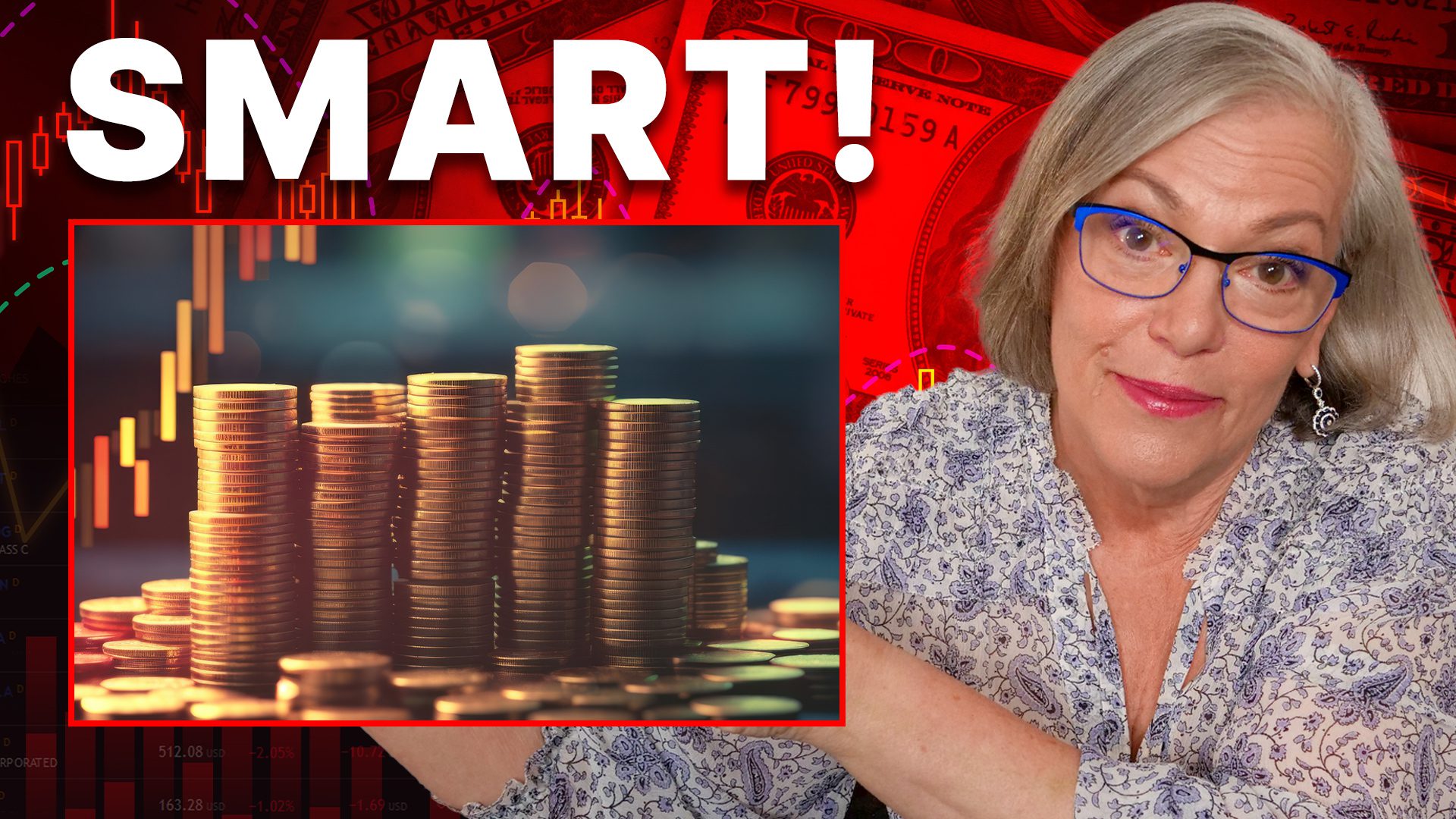Is Gold Our Last Hope? (The Answer Might Surprise You)
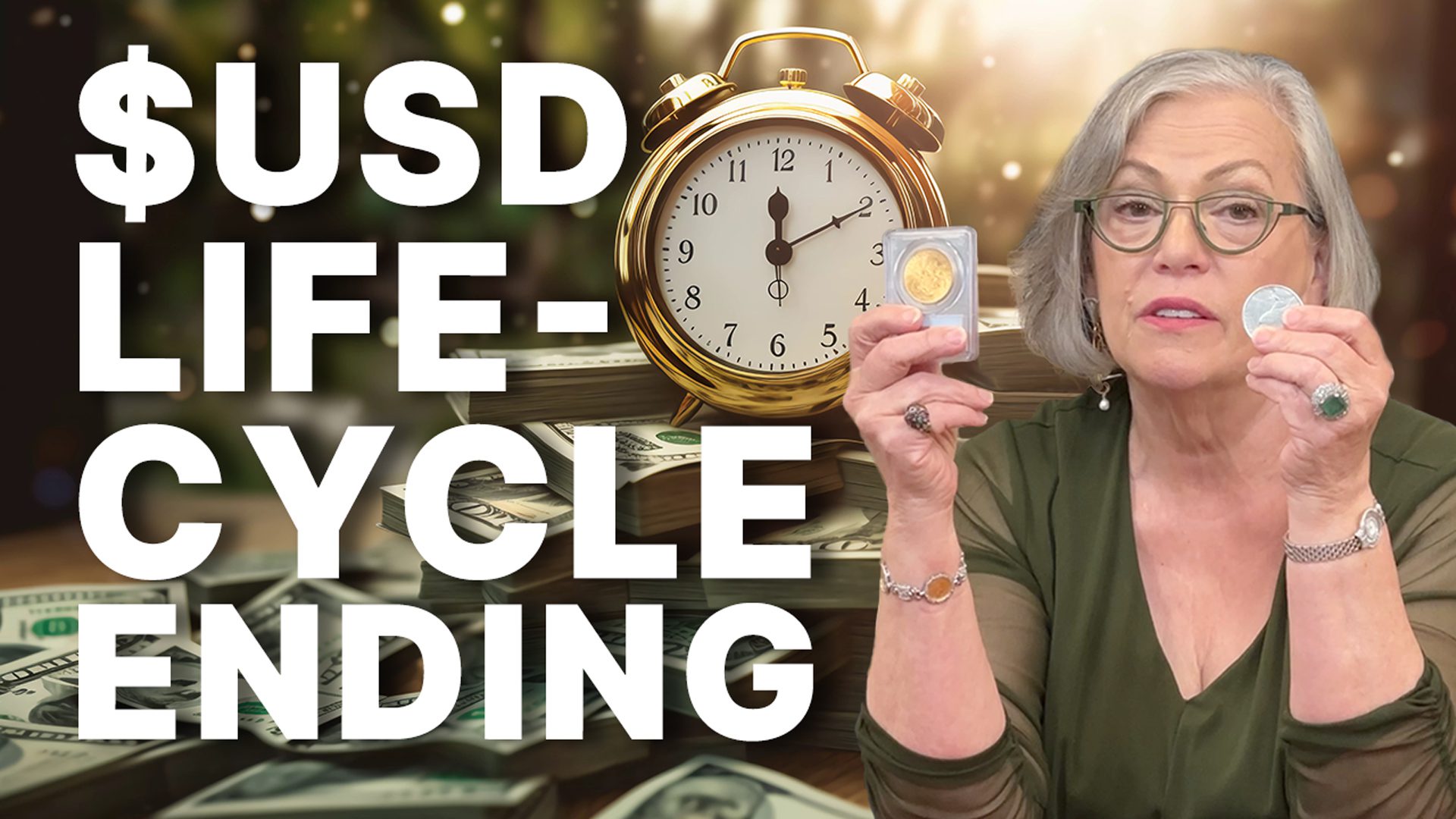
Lynette Zang answers some questions on the historical precedents of currencies facing their demise and the potential scenarios for the future of the US dollar. Discover how the dollar has evolved since 1913 and what it means for your purchasing power today.
CHAPTERS:
0:00 USD Currency Lifecycle
2:11 End of Currency
4:58 Gold During Resets
6:18 Wealth Preservation
TRANSCRIPT FROM VIDEO:
Lynette Zang (00:00):
I’m Lynette Zang, Chief Market Analyst here at ITM Trading a full service physical, gold and silver dealer. And today we’re going to do some questions about the US dollar and where we are in its currency lifecycle.
Question (00:18):
Can you explain where we are with the dollar and its lifecycle and where it started and where we are today?
Lynette Zang (00:25):
Well, we started in 1913. At that point it had a dollar’s worth of purchasing power. So for example, a dollar bill could either be 20th of an ounce of gold coin, which is about half the size of my pinky fingernail, or this one ounce silver or a dollar bill. All of them at that time would buy 11 loaves of bread. Last time I checked. Okay, the dollar, maybe it buys a quarter of a loaf maybe, but I think it’s even less than that. The silver dollar still buys you 11 loaves of bread. The $1 gold coin buys you the last time I checked about 135 loaves of bread. So it should be quite clear that both silver and gold maintains your purchasing power, maintains your ability to buy the same goods and services over time, even inside of these manipulated markets. So where we are is at the end. And I say that for two key reasons. Number one, because there’s virtually no purchasing power left. There’s just the public confidence in the dollar left when that goes. That’s it. And number two, because the tool that they have to regulate the rate and speed of inflation are interest rates. And without exception, every single time since 2008, which is really when the system died and was put on life support. But every single time without exception, including in the US that any country has attempted to raise rates, it has been a big fat fail.
Question (02:11):
And historically what has happened in previous countries with previous currencies at the true end of a currency lifecycle?
Lynette Zang (02:20):
That’s an easy one, right? This is a con game. So it requires confidence. And ultimately this is why fat rapid inflation, obvious inflation is such a problem for the central banks because it erodes that last little bit of confidence that is left. And once that confidence is gone, then people no longer trust what the central bank is saying. They don’t want to use the currency. Now they may be forced to, right? You’re still forced to take your pay in terms of that currency. But we end up going into some kind of hyperinflationary though this time. If the CBDCs come in, it could be hyper-deflation. It’s the flip side of the same coin. It doesn’t really matter, right? Whether it’s hyperinflation or hyper deflation. But when all confidence is lost, that’s what happens. The public does not want to work for that currency. They don’t want to use it in terms of barter because nobody really wants to accept it. Once all trust is lost. So I, I believe we’re gonna go into a hyperinflationary or hyper deflationary depression. Either way there’s gonna be a depression. That stage can last a period of time and, and the whole world is going through it. So on average, historically what they’ll do is they will reset the currency three times before people then just absolutely won’t use it. But it can be more, I mean, they’ve done it more times than Venezuela. It could be less. I mean, it’s just really gonna depend on the population. What happens is when all trust is gone, they take something, they take gold as the primary currency metal, that is all intrinsic value. And they take the fiat money, which has no intrinsic value, only used in one place, used all over the place. And they revalue this based on that, on average about a thousand to one. So in other words, if you have $10,000 in the bank, you wake up in the morning and you got a thousand, right? Your debts don’t go away though, because a lot of people go, well, then the debts would be cut back too. No, those are typically then tied to a formula to keep pace with the rate of inflation. ’cause After all, it should be pretty clear to everybody that the banks in the financial system are what matters the most, not the public.
Question (04:58):
And how does gold typically respond in those reset environments and thereafter?
Lynette Zang (05:03):
You know what we see constantly, you know, number one, a rising gold price is an indication of a failing currency. So the way that it works is it’s like you hold your hand on a spring and then when you remove your hand, that spring will shoot in a direction. And that’s what happens to the, to the gold price that we see. So in Venezuela, which for some reason is the easiest one for me to remember off the top of my head, when they did that first reevaluation, it went up like 3500%. Which if you’re holding it, it is perfect to then liquidate a small part of it and pay off a mortgage or pay off any other fixed rate debt. You don’t wanna be going into this with variable rate debt because you’ll never get outta debt. If you do, that’s just gonna kill you. But fixed rate debt, that’s part of the strategy. That’s how governments do it, right? They repay this debt with, in this country dollars that have less and less and less and no value. It’s genius. But we can follow that lead and take advantage of it just like they do.
New Speaker (06:18):
You know, I have to say that I really do like these sessions because you’re asking me things that probably a lot of people want to know, but they just haven’t asked me yet. So so personally, I really enjoy these. I hope you guys get a lot out of ’em. And remember, financial shields are made of physical metal in your possession. ’cause If you don’t hold it, you don’t own it, and your perception doesn’t mean anything in a court of law. And I’m watching the noose get smaller and smaller and smaller. How do you catch a wild hog? You know, you, you just, or the frog in the pot of water. I mean, there’s so many parables for what we’re going through, but I don’t want anybody to be trapped. This is your freedom. This is your choice. Please be safe out there. See you next time. Bye-Bye.
SOURCES:
